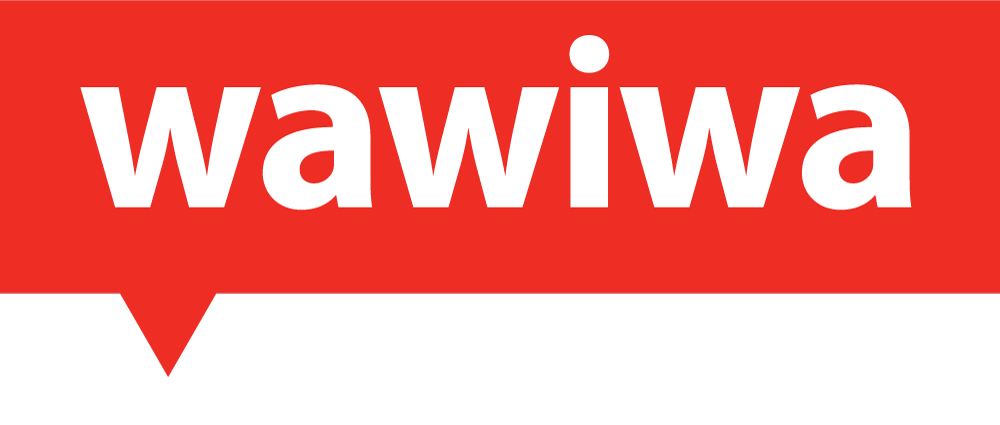Now is the perfect time to reconsider our approach to learning. Before the Covid-19 pandemic, there was already a clear demand for digital learning, and by 2025, the global e-learning business is predicted to be worth $325 billion. Since millions of jobs have been lost as a result of the pandemic, individuals are turning to online courses to gain new skills. To assist people in upskilling, companies like Microsoft are offering free access to digital resources.
Yet, due to the lack of commitment, direct engagement, and efficacy in knowledge transfer compared to conventional learning, online learning may not be sufficient on its own. Online courses have a 20% higher dropout rate than conventional ones. Traditional learning is still the most efficient method of learning, however some disciplines are better suited to individual or small-group study.
The best of both worlds are available through a hybrid learning model, which mixes online and offline education. It offers flexibility by allowing for primarily in-person education with some online materials. Accountability and participation are also encouraged in live online classes.
Wawiwa Tech, for example, uses a hybrid model in its programs, adjusting the balance of online and offline elements as needed.
But what exactly is the hybrid learning model?
What Is Hybrid Learning?
Hybrid learning is an educational approach that combines both online and offline methods to deliver a more flexible and effective learning experience. It incorporates traditional face-to-face classroom class instruction with digital resources and online activities, allowing students to benefit from the best of both worlds, with programs taught mostly in a live, in-class format, while also providing some materials delivered online.
This blended model (also known as “Blended Learning”) allows teachers to provide each student individualized attention while allowing them to learn at their own pace.
How does Hybrid Learning compare to other learning methods?
Hybrid Learning vs. In-Person Learning
Hybrid learning blends in-person and online learning aspects to provide a flexible and personalized approach to education. When compared to in-person learning, hybrid learning offers more scheduling and learning speed flexibility because students can complete certain parts of the course online and others in the classroom. Hybrid learning provides a mixed approach to education, allowing students to benefit from both face-to-face interactions with teachers and classmates as well as the convenience of online learning.
Hybrid Learning vs. Online Learning
Compared to online learning, hybrid learning provides a more structured and interesting learning experience. Online learning may be convenient, but it lacks in-person accountability and involvement. Hybrid learning provides a middle ground between the two, allowing students to interact with their peers and teachers while also benefiting from the flexibility of online learning.
Hybrid Learning vs. Virtual Learning vs. Distance Learning
Virtual learning and distance learning are both forms of online learning, with the former often refers to fully-online synchronous (i.e., happening in real-time) classes and the latter referring to asynchronous courses (i.e., students work through course materials at their own pace).
Because it includes in-person components, hybrid learning differs from both virtual and distance learning (also called remote learning). While virtual and distance learning provide more flexibility than traditional in-person learning, they may lack the social contact and engagement that comes with face-to-face learning. Hybrid learning, on the other hand, provides the best of both worlds by giving a personalized and flexible approach to education while also including the benefits of in-person encounters.
What are the benefits of Hybrid Learning?
Hybrid learning has a number of advantages, such as:
- Flexibility: Hybrid learning gives students the option to learn whenever and wherever they want. People can combine their schedules and obligations by attending in-person classes on some days and doing coursework online on others.
- Personalization: Hybrid education enables individualized educational experiences. As necessary, teachers can provide students more individualized attention while allowing them to work at their own pace.
- Cost-effective: Hybrid learning may be a more economical approach to offer instruction because it requires less classroom space and can cut costs elsewhere.
- Increased engagement: Higher levels of engagement and a deeper grasp of the subject matter are produced via this hybrid approach, which fosters active participation through interactive online exercises, conversations, and team projects.
- Improved retention: Mixing diverse learning strategies might help students better retain information because they can review online resources and practice skills at their own speed.
- Learning continuity: In the event of a disruption, such as a pandemic or a natural disaster, hybrid learning can effortlessly switch to a fully online mode, making sure that students can continue their education without severe setbacks.
- Improved learning outcomes: Combining in-person and online learning can improve learning results since students can realize benefits from both methods. While internet resources can offer access to a greater selection of materials and chances for self-paced learning, in-person training allows for more social engagement and hands-on experiences.
Examples of Hybrid Learning
We see that the hybrid model is the best approach in most situations, to create a flexible and effective educational experience. But what does it look like?
Here are some examples of Hybrid Learning:
- Flipped Classroom Model: Under this model, students watch recorded video lectures and do other online learning tasks before attending in-person classrooms where they can ask questions, participate in discussions, and work on projects with their peers.
- Flex Model: In this approach, students have the option of attending in-person classrooms or participating in online learning activities, based on their unique requirements and interests.
- Station Rotation Model: Under this paradigm, students rotate between learning stations that incorporate both online and offline activities. One station might contain computers for online study, another might have small group discussions or projects, and a third might have teacher-led instruction.
- Online Lab Model: Under this model, students complete the majority of their coursework online but attend in-person labs for hands-on learning and experimentation.
- HyFlex Model: Students in the HyFlex Model have the option of attending in-person classes or participating in online learning activities, but they can also transition between the two modes of learning as needed throughout the course.
Getting started with Hybrid Learning
Eran Lasser is the CEO and Founder of Wawiwa Tech, a vocational technology training company that is dedicated to its missions of reskilling people for tech professions. Wawiwa actively applies the hybrid model in its programs. Eran shares his reasoning for choosing the hybrid learning model:
“Decades of pedagogical training experience have shown me that online learning isn’t right for everyone. Face-to-face instruction is still the most effective way to teach. However, as the world and many tech professions move online, and remote work becomes more dominant, training programs also need to be flexible and find the optimal hybrid mix of online and offline.
Each topic should be examined to find the structure most suitable to delivering the knowledge or skills. Moreover, times of social distancing may require classes to shift to live, online courses, even if this delivery model is less effective — it’s better than no studies at all.
At Wawiwa, we utilize a hybrid learning model in our partners’ brick-and-mortar training centers worldwide, alongside online sessions, but we are ready to move to a pure online model for all training programs when needed.”
Find a Wawiwa program near you today and start reskilling to tech while realizing the benefits of the hybrid education model.



